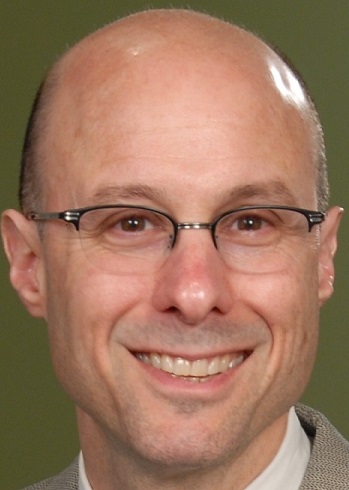
In the early twentieth century, several gardens were laid out.


In this period, that is at around 1857, a school was built and there was also the development of port facilities along the wharfs on both sides of the peninsula. It was during this period that the Lintorn Barracks, Casemate Barracks and St. The British developed Floriana as a garrison town and during the nineteenth century they built several barracks within it and took over large buildings for military use. In 1806, 25 soldiers who had participated in the Froberg mutiny were executed at the Floriana parade ground.įloriana in the time of the British The new gardens and buildings made Floriana a spacious and attractive suburb and a welcome contrast to the dense buildings and population of Valletta. Four new residential blocks were also laid out around the Seminary soon after.Īt this time, the Knights were still in control of Malta and it was under their supervision that Floriana developed. Calcedonius, dedicated in 1743, which became part of the new Seminary in 1751, (Tonna, 1979). The Argotti gardens were also laid out (1741) and the trend of Religious buildings located in Floriana continued with the building of the Chapel of St. Also during this time, under the orders of the Grandmaster, there were two Welfare Institu- tions built: one was the Ospizio (1732) and the other was the Conservatorio (1734). By the mid-eighteenth century the suburb had un- dergone some expansion, with Montgomery House built in 1730 as a country house for the Grandmaster of the time. Publius which was to the north of the residen- tial area. Anne's Street and also of the church of St. The new suburb, in 1746, consisted of twenty residen- tial blocks, which were arranged on both sides of St. The area between the Floriana Lines and the Valletta Land Front began to be built up in 1724, when Grand Master António Manoel de Vilhena founded the suburb Borgo Vilhena. The fortifications were partially defensible by 1640, but construction and modifications continued throughout the 17th and 18th century, being fully completed in the 1720s. The lines were named after Pietro Paolo Floriani, the Italian military engineer who had designed them. The line of fortifications was built outside the fortifications of Valletta as an outer defensive line for the capital city.

The origins of Floriana go back to 1636, when construction of the Floriana Lines commenced. 1870 Floriana parade ground, June 1878 Panorama of Floriana by Richard Ellis, ca. The name Borgo Vilhena is now used as a title, just like Valletta has the title Città Umilissima. The town's original official name was Borgo Vilhena (or Subborgo Vilhena) after Grand Master António Manoel de Vilhena, but the name fell out of use in favour of Floriana or Furjana. However, it is popularly known as Il-Furjana, and the latter is regarded as the official name by the National Council for the Maltese Language. In Maltese, the town is called Il-Floriana by the local council. Floriana is the birthplace of many famous Maltese, amongst which the composer of the national anthem, ' L-Innu Malti', Robert Samut former Bishop of Malta Dun Mauro Caruana, the poets Oliver Friggieri and Maria Grech Ganado, the writer and politician Herbert Ganado and Swedish Idol winner Kevin Borg.įloriana is named after Pietro Paolo Floriani, an Italian military engineer who designed the Floriana Lines, the line of fortifications surrounding the town. It has a population of 2,205 as of March 2014. For the island sometimes written Floriana, see Floreana Island.įloriana ( Maltese: Il-Furjana or Il-Floriana), also known by its title Borgo Vilhena, is a fortified town in the South Eastern Region area of Malta, just outside the capital city Valletta.


 0 kommentar(er)
0 kommentar(er)
